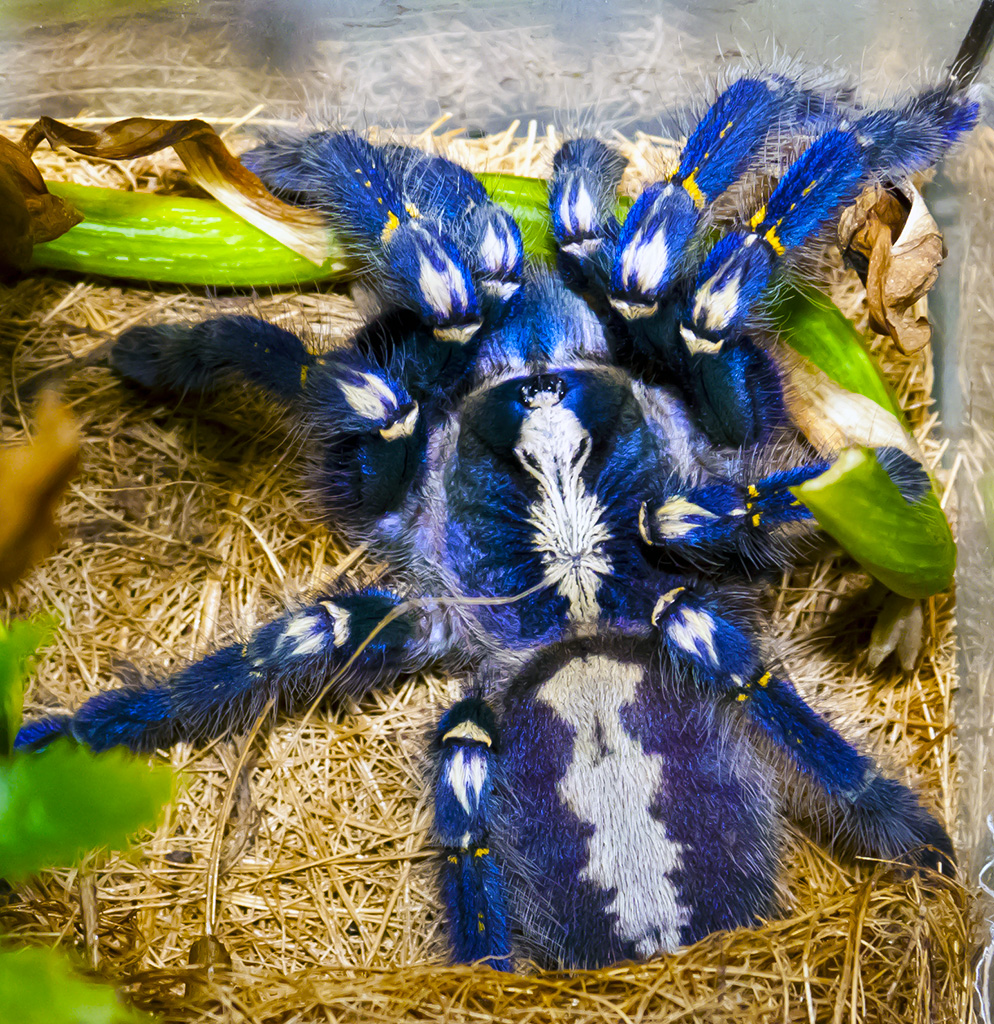|
Hopefully he pops in to provide educational bits for this LP though I'll post all the Fiendly posted:Resources: Chimera-gui fucked around with this message at 02:04 on Nov 16, 2019 |
|
|
|

|
| # ¿ May 22, 2024 11:02 |
|
And while I can't confirm our scorpion to be an Arizona bark scorpion, it is worth noting that the size and shape of a scorpion's pedipalps is a good indicator of how likely they are to sting: Scorpions with large, robust pedipalps can often subdue their prey with little or no use of their venom whereas smaller species with weaker, more slender pedipalps are more dependent on stinging their prey upon seizing it with their chelate pincers. And speaking of scorpion anatomy, it's also worth noting that the scorpion's anus is between the fifth metasomal segment and the telson which must make for awkward bathroom moments within the Horde and later the Rebellion: 
Chimera-gui fucked around with this message at 02:29 on Nov 16, 2019 |
|
|
|
Something to note is that female spiders are typically larger than the males. While the most famous examples of this are the Orb Weavers and the Widows, it's also true for Tarantulas as well: Female left, male right; See here for more details: Sex Determination Basically even though the game refers to it as male, the tarantula we play as is actually female.
|
|
|
|
It should also be noted that another reason bites are more likely to be dry is that in addition to being metabolically costly, spider venom isn't even guaranteed to kill something as large as a human in the first place even in the case of reportedly "deadly" spiders like Widows, Brown Recluses and Sydney Funnelwebs. Oh getting bitten is not gonna be a fun experience; at best the bite can be incredibly painful and at worst you may be in for positively excruciating pain, nausea, vomiting, fever, dizziness, chills, aching, breathing difficulty and skyrocketing blood pressure. And while you should almost certainly seek medical attention if you're bitten by them the likelihood of death is considered so low in a healthy adult that antivenin, which itself carries a small risk of anaphylaxis, is typically reserved for only the most worrying cases and treatment will more often focus only on pain relief which you're gonna want and could probably use a little ER visit to monitor your vitals and make sure things don't get any worse. Assuming you get bitten out in the woods one day and can't get yourself to a hospital however, your odds of survival are still pretty high. It's only infants, the elderly and the sick who are considered at risk and even so only a handful of people have in fact ever gone on record dying from the venom of this genus. In fact of the three, Sydney Funnelweb is shown to be the most dangerous do to the male having a highly aggressive response to fear unlike almost any other spider but even then the actual number of confirmed human deaths by Atrax robustus is believed to have been thirteen before the development of antivenom while the post-antivenom kill count is zero. Chimera-gui fucked around with this message at 02:54 on Dec 17, 2019 |
|
|
|
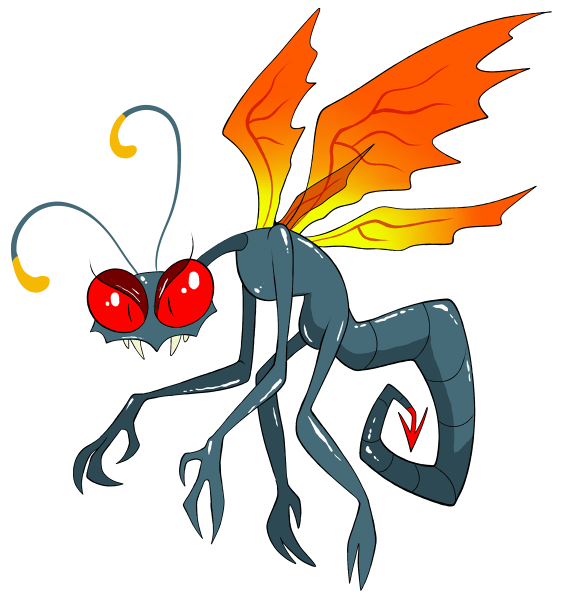 These beauties were actually one of several critters Bogleech covered who make spiders' lives complete Hell: 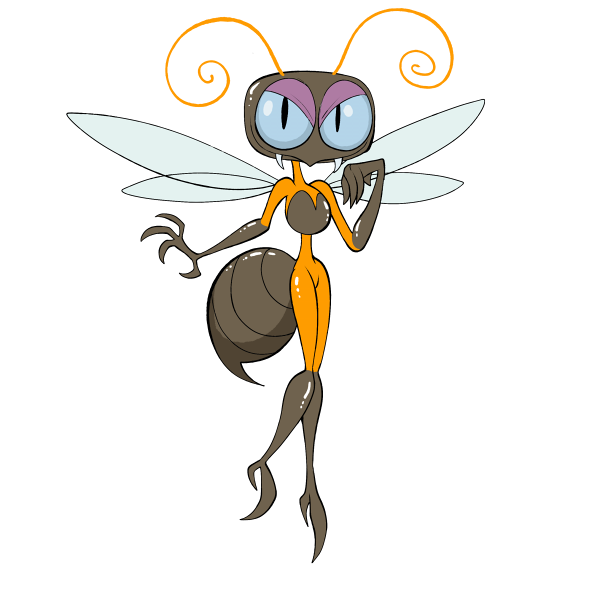  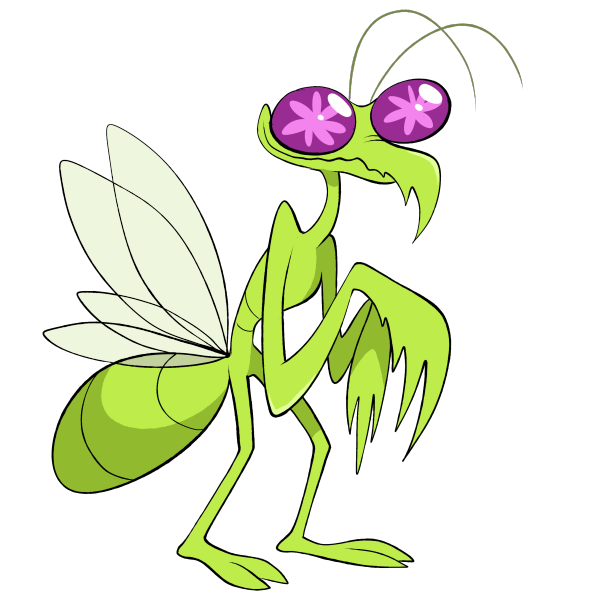 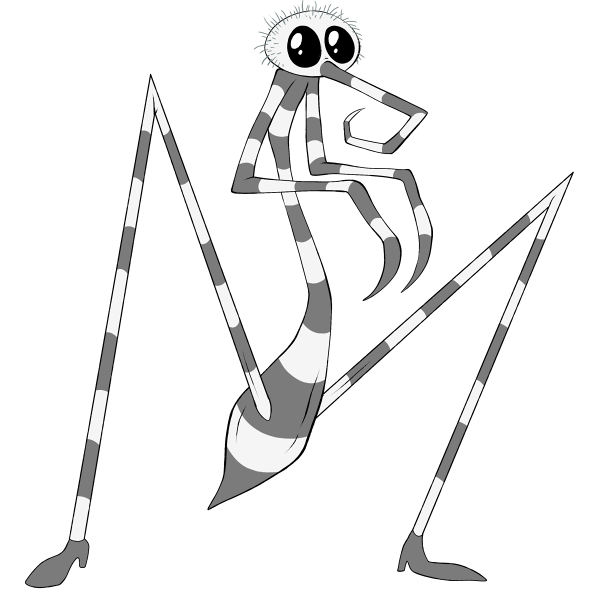 See his article for more info: here Chimera-gui fucked around with this message at 06:55 on Nov 25, 2019 |
|
|
|
Oh that conversation was made worst in the previous thread since it was brought up that the venom of the Brazilian wandering spider is capable of causing priapism potentially leading to impotence. In fact, there are currently studies in a component of the venom for use in treating erectile dysfunction. Tony Snark was also nice enough to note that in 2016, an Aussie got bit on the wang by redback spiders twice in the same year while using portashitters: https://www.bbc.com/news/world-australia-37481251 What the gently caress is Wrong with You covered story about a man who got bitten in the dick by a katipo as part of episode twelve: All Creatures Great & Dumb
|
|
|
|
Obligatory "drat nature, you scary" remark aside as I knew about both of these, the two key moments of this video were actually foreshadowed in the opening movie before you even meet the Tarantula or Scorpion, true to this game having heavy foreshadowing in general. Recall that the narrator, confirmed to be Wade by theenglishman, talked about being avenged for something that happened between him and Struggs and that there was a great deal of venom in his voice while talking about Struggs.
|
|
|
|
Yeah I implied this last time but the opening narration is set after the end of the game and post mortem for Wade, it's implied that he saw Struggs' end from the afterlife.
|
|
|
|
Yeah, there's a reason Struggs was called the deadliest thing in the desert in the opening narration with the second deadliest arguably being the rattlesnake since they are less likely to do dry bites (about 1/4 from I've found) and their venom is much more dangerous to a human compared to spider or scorpion venom, even those of the most dangerous spiders such as the widow, funnel-web and recluse.
|
|
|
|

|
| # ¿ May 22, 2024 11:02 |
|
You are very welcome. There aren't many games that let folks talk about this sort of subject so I can say with certainty that we were more than happy to teach some
|
|
|









